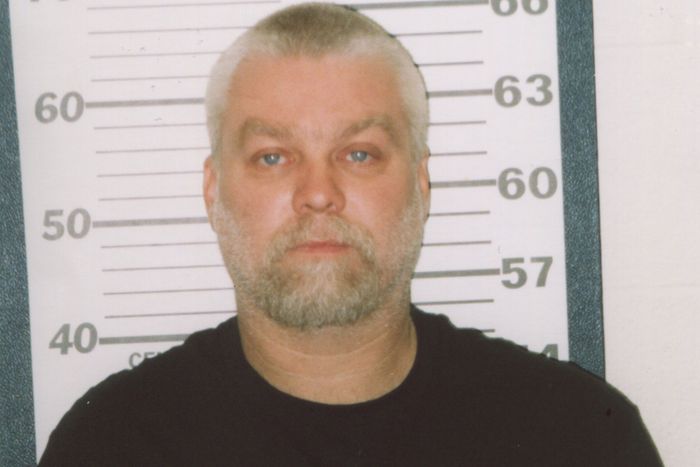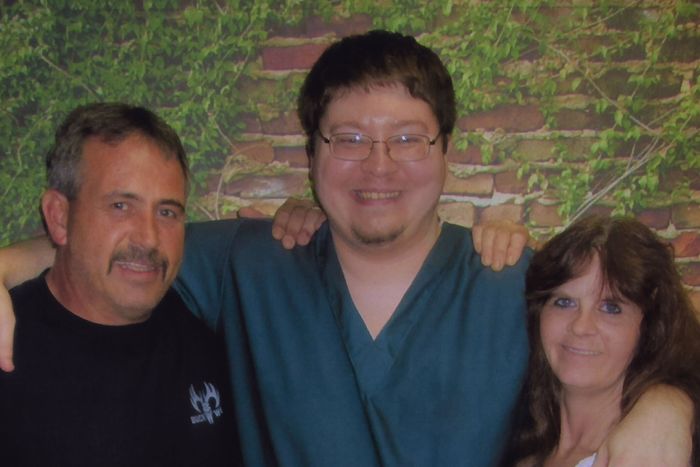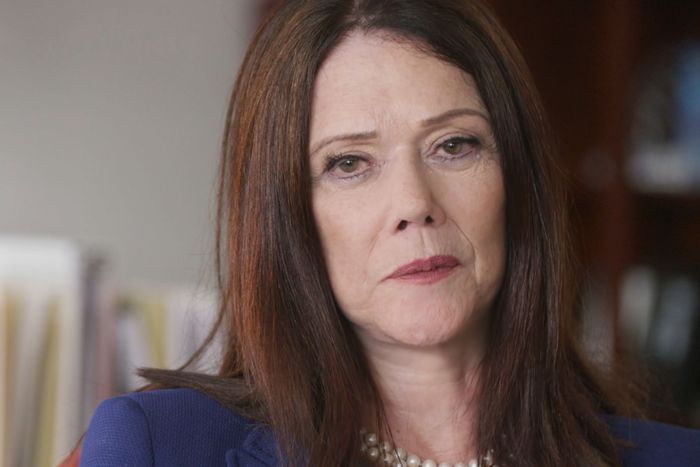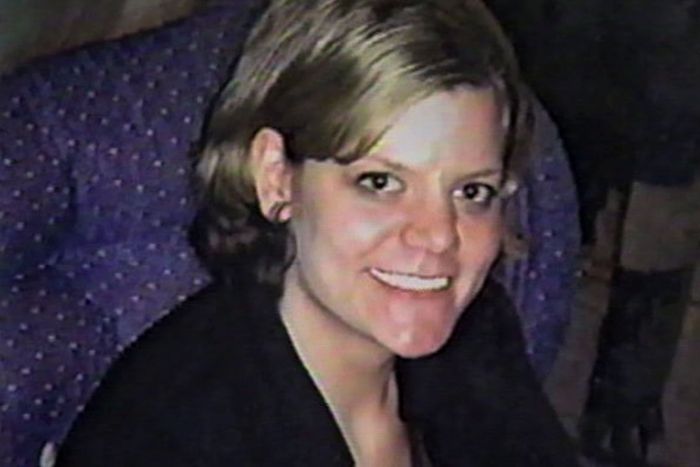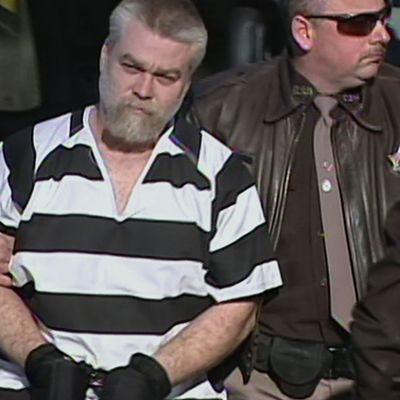
When Making a Murderer debuted on Netflix in December 2015, the world at large knew little or nothing about the murder of 25-year-old Wisconsin photographer Teresa Halbach. Within weeks, the people accused of killing her — Steven Avery and his nephew, Brendan Dassey — were the subject of worldwide discussion. Had Avery, who had been freed from prison after 18 years for an unrelated crime he definitely didn’t commit, been railroaded by the police again? Was this a frame job followed by a cover-up, or an open-and-shut case? Speculation abounded, since Making a Murderer provided plenty of fodder but no definitive answers. Avery and Dassey remained in jail, despite the best efforts of their lawyers — and in some people’s eyes, documentarians Laura Ricciardi and Moira Demos.
Making a Murderer Part Two, which also runs ten episodes and debuts October 19 on Netflix, won’t catch the world by surprise. Those who’ve been following the cases already know — mild spoiler ahead — that Avery and Dassey are still behind bars, though Dassey had a frustratingly close brush with freedom. This season promises to focus on the legal developments that have dominated the cases in recent years, primarily the search for “post-conviction relief” through various appeals to higher courts. The lawyers for each defendant take very different tacks: Dassey’s team has attempted to prove that his rights were violated, and that his confession was coerced. Avery’s new lawyer — Kathleen Zellner, a major player in season two — is all about discovering new evidence and refuting old to find the real killer.
Here’s a look at where the major players from season one are now, as well as some speculation about what these new episodes of Making a Murderer might bring based on coverage of Avery and Dassey’s cases. Information was drawn from the series itself — season one, as well as the first four episodes of season two — as well as excellent reporting from Newsweek, the Washington Post, and especially Wisconsin’s Post Crescent, which has covered every development in both cases since well before they were national news.
Steven Avery
Where things stood at the end of season one: There wasn’t much hope for Steven Avery at the end of Making a Murderer’s first season. Having exhausted what seemed like all possible legal avenues, Avery began acting as his own lawyer — and then lost his petition for a new trial. Documentarians Moira Demos and Laura Ricciardi even gathered Avery’s former lawyers to chat about the case, and they seemed hopeless about his chances of ever being released. For anything to happen, they reasoned, new evidence would need to be discovered, or new testing done to prove conclusively that someone else killed Teresa Halbach. But no lawyer was actively working on his case.
What’s happened since: Just a month after Making a Murderer debuted, Steven Avery found himself with representation again, and not just some court-appointed lawyer. In January 2016, his case was taken on by Kathleen Zellner, a Chicago attorney who specializes in wrongful convictions. She quickly began filing motions on Avery’s behalf, vowing to find the real killer and get Avery released from prison. In June 2017, she filed a 1,272-page motion for a new trial, claiming multiple problems with the original trial, including the notion that Avery’s previous attorneys didn’t investigate thoroughly, that prosecutor Ken Kratz violated ethical obligations in his prosecution, and most importantly, that key pieces of evidence were planted by the Manitowoc Sheriff’s Department. But that October, a Sheboygan County judge denied the motion. Zellner appealed, but was shot down again in September 2018. Based on her dogged approach to other cases (and her Twitter account), it’s clear she’s not done.
How season two might fill in the blanks: Zellner has theories to spare and top-notch investigators working for her, so expect Part Two to carefully consider her many doubts. She’s not shy about pointing the finger at the Manitowoc cops and even other potential suspects. According to an interview that the filmmakers did on a Variety podcast, the final episodes this season will find Zellner making specific accusations. (Those following the case closely will not be surprised to learn that Zellner is interested in Brendan’s brother Bobby Dassey, as well as Halbach’s ex-boyfriend Ryan Hillegas, as suspects.)
Brendan Dassey
Where things stood at the end of season one: Dassey, like his uncle Steven Avery, remained in jail at the end of season one. But the final episode introduced a pair of highly competent new lawyers to assist Dassey’s case: Steven Drizin and Laura Nirider of the Center on Wrongful Convictions of Youth. Since even those who think Avery is guilty — and there are plenty of those — seem to have some doubts about whether Dassey was involved, it seemed like he might have a better shot at getting a new trial with this new team.
What’s happened since: Dassey’s lawyers immediately seized on the argument presented in Making a Murderer that his confession was coerced and therefore inadmissible. They also argued that his previous lawyer, Len Kachinsky, was almost comically inept. (The series definitely supports this notion.) By August 2016, they had convinced a federal magistrate that Dassey’s rights had been violated, and that magistrate overturned Dassey’s conviction. Prosecutors then had to decide whether to retry Dassey — which seemed unlikely without his now-inadmissible confession — appeal the ruling, or simply let him go. The state’s initial appeal failed in June 2017, and it looked like Dassey would go free. Then, shockingly, another federal appeal reversed the decision in December 2017 and reinstated Dassey’s conviction by a 4-3 vote, with strong dissent from the judges in the minority. Essentially the rug was pulled out from under Dassey in the cruelest way: The Supreme Court declined to hear his case in June 2018, which would seem to effectively end his appeals.
How season two might fill in the blanks: For those who’ve been following the Dassey case, season two won’t necessarily be illuminating, though it’ll certainly be dramatic. We’ll get to experience in real time the ecstasy felt by Dassey and his mother when they thought he was going to get out, and then the crushing defeat when the higher rulings ultimately come down. Maybe we’ll even hear some more plans from his crack post-conviction team, particularly their thoughts on whether a new trial for Steven Avery might affect Dassey’s case at all.
Kathleen Zellner
Where things stood at the end of season one: Attorney Kathleen Zellner did not appear in season one of Making a Murderer, but she definitely watched it.
What’s happened since: Steven Avery and his then-girlfriend Sandy Greenman wrote to Zellner several times throughout the years, but didn’t hear from her until after the first season aired. Since then, she has been tenaciously fighting to prove his innocence and to find the real culprit.
How season two might fill in the blanks: Zellner will be a major character in season two, and she’s bound to be a flashpoint for the anti-Avery crowd because she’s unafraid to point fingers — particularly at the cops she believes framed him. She’s also got an unusual vibe about her that doesn’t quite mesh with Manitowoc, Wisconsin. At the very least, expect that Zellner will drop the sort of bombs that were only tiptoed around in the first season.
Ken Kratz
Where things stood at the end of season one: In what seemed like the only bit of cosmic justice in Making a Murderer, it was revealed late in season one that prosecutor Ken Kratz had been caught in a pretty disgusting sexting scandal. (He attempted to initiate a sexual relationship with a domestic-violence victim whose case he was involved in.) He resigned in 2010, but not before a fight. To quote Steven Avery from the final episode of season one: “When I heard about his sexting … that’s his ethics!”
What’s happened since: Unbowed, Kratz continued commenting on the Avery case, though not for Making a Murderer — he’s had nothing but negative things to say about the series. He claims that the filmmakers never attempted to contact him to participate, but they produced a letter disproving that notion. Kratz wrote a book about the case called Avery: The Case Against Steven Avery and What Making a Murderer Gets Wrong, which features a foreword by Nancy Grace.
How season two might fill in the blanks: It’s unlikely that Kratz will figure prominently in season two, though his continued vociferousness about Avery and Dassey’s guilt will surely be represented via his TV appearances over the years.
Dean Strang and Jerry Buting
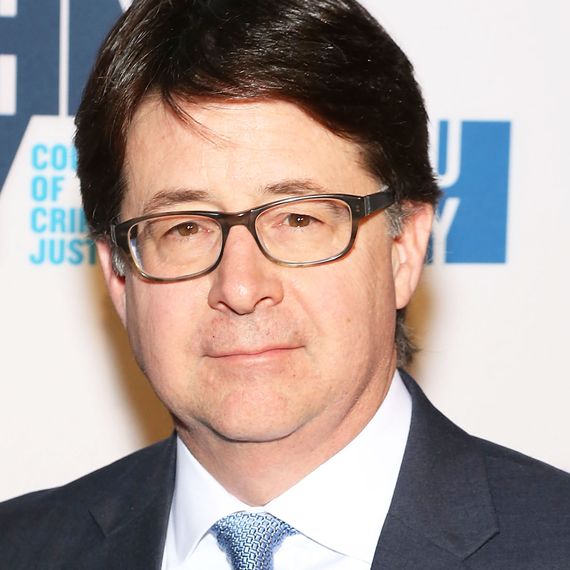
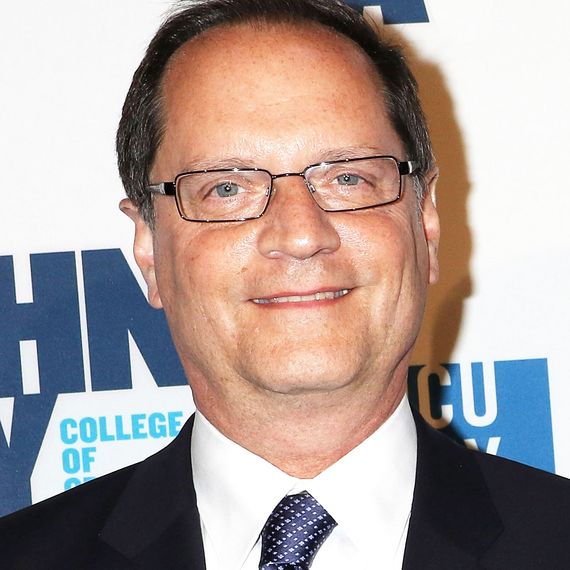
Where things stood at the end of season one: Steven Avery’s lead lawyers had an unexpected brush with fame after their appearances in Making a Murderer. They came across as dedicated, hardworking, no-nonsense seekers of justice in a story filled with awful crimes and suspicious people.
What’s happened since: The internet briefly made this duo into celebrities, with people declaring their undying love and admiration in heart-filled memes. They soon parlayed that success into a speaking tour, but on the flip side, they failed to win exoneration for their client, who later blamed them for not investigating thoroughly enough. Ever the gentlemen, Strang and Buting told Newsweek that the criticisms leveled against them were fair, and that they hoped Avery would eventually get a new trial.
How season two might fill in the blanks: Buting and Strang don’t seem likely to play any role in season two beyond background information, and potentially as part of the argument for a new Avery trial.
Len Kachinsky
Where things stood at the end of season one: Making a Murderer had its fair share of potential villains, but perhaps none more broadly drawn and nearly unbelievable as Len Kachinsky, the man who was tasked with defending Brendan Dassey. Painted by Ricciardi and Demos as totally incompetent at best and willfully working against Dassey’s interests at worst, Kachinsky couldn’t have done more damage to his client’s case if he had tried.
What’s happened since: Naturally, he got a better job. Kachinsky became a municipal judge and he maintains that provided effective counsel for Dassey — though he expressed minor regret that he didn’t bother showing up for his client’s interrogation. In news unrelated to that case, but that perhaps speaks to his character, Kachinsky apparently harassed and intimidated his court clerk so severely that he was arrested, and now he might end up in jail himself.
How season two might fill in the blanks: Unlike pretty much every other person who doesn’t get positive treatment in Making a Murderer, Kachinsky is set to actually reappear in season two. He’s said that he’s proud the magistrate who vacated Dassey’s conviction seemed more concerned about Dassey’s coerced confession than his ineffective counsel.
The Halbach family
Where things stood at the end of season one: When you get deep into the weeds of Avery and Dassey’s cases, it’s sadly easy to forget Teresa Halbach, the victim of the crime that sparked everything. Her family decided early on not to participate in Making a Murderer, and they strongly contend that the right people were convicted.
What’s happened since: Not much. Teresa’s brother Mike speaks for the family when necessary, but hasn’t responded to specific developments in any detail. Their statement, released on the ten-year anniversary of Halbach’s murder, says it all: “We are saddened to learn that individuals and corporations continue to create entertainment and to seek profit from our loss. We continue to hope that the story of Teresa’s life brings goodness to the world.”
How season two might fill in the blanks: Ricciardi and Demos were frequently accused of being biased toward the defense in these cases, specifically because the interviewees they had the most access to were part of the defense. In an effort to combat that perception, the first page of credits for season two is a massive list of people that Demos and Ricciardi contacted to participate, but who either didn’t respond or refused. The Halbach family is, of course, on that list.


